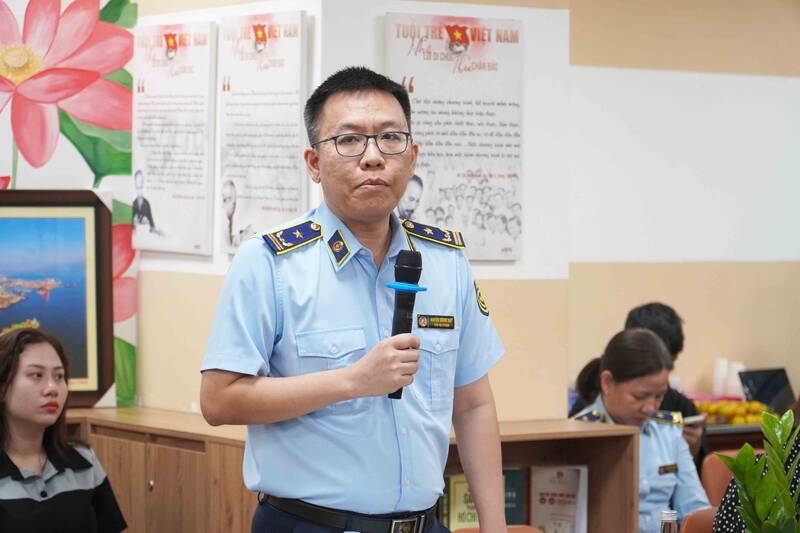On June 18, Mr. Nguyen Quang Huy - Deputy Head of the Ho Chi Minh City Market Management Department (under the Ho Chi Minh City Department of Industry and Trade) said that the unit has implemented a Peak Plan from June 15-15 with many inspections and drastic handling contents to prevent and repel smuggling, trade fraud, counterfeit goods, copyright infringement and infringement of intellectual property rights.
As a result, in the first 6 months of 2025 (December 15, 2024 - June 14, 2025), 533 cases were inspected, 526 violations were detected and handled. The total amount of administrative violations handled was 19.93 billion VND. Of which, 04 cases with signs of criminality were transferred to the investigation agency.

According to Mr. Huy, the peak period of market inspection and control (15.5.2025-15.6.2025) alone detected and handled 137 violations. The total amount of administrative violations handled was VND 4.68 billion. Of which, administrative fines were 1.88 billion VND, the value of violating goods was 2.8 billion VND.
Through the implementation of the 2025 Peak Plan on inspection and handling of smuggling, trade fraud, counterfeit goods and intellectual property infringement, the Ho Chi Minh City Market Management Department recorded a decrease in the number of cases compared to the previous year, but many serious cases related to food, milk, bird's nest, cosmetics... were promptly detected and handled.
However, due to the complexity and increasingly sophisticated nature of violations, it is necessary to have more close and synchronous coordination between forces, along with the attention and close direction of competent authorities to improve work efficiency in the coming time.
The unit also encountered many difficulties in the inspection process such as large area, high business density, including many markets, shopping centers and online trading, causing great pressure on the enforcement force in coverage and supervision.
Handling counterfeit goods on digital platforms is difficult because the subjects often hide their identities, do not leave clear transaction information, are difficult to verify, and trace.
A part of consumers are used to choosing cheap products and have not fully assessed the safety and quality risks of using counterfeit goods.
Counterfeit products are increasingly sophisticated, causing confusion with real goods, needing support from technical equipment and support from right-owner businesses.
Handling in some areas is difficult because businesses lack cooperation, showing signs of avoiding when detecting authorities.











